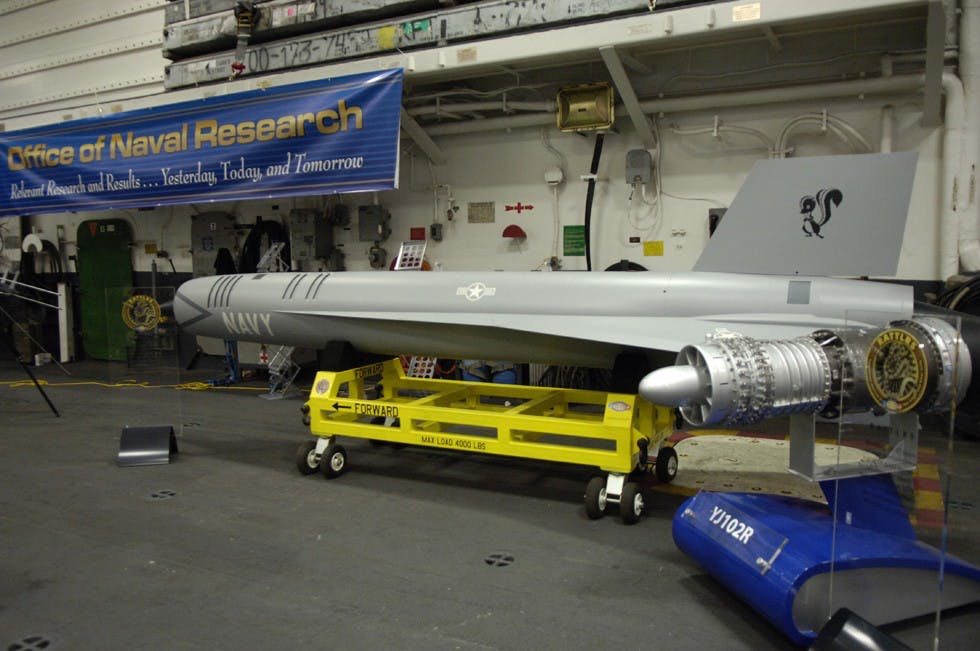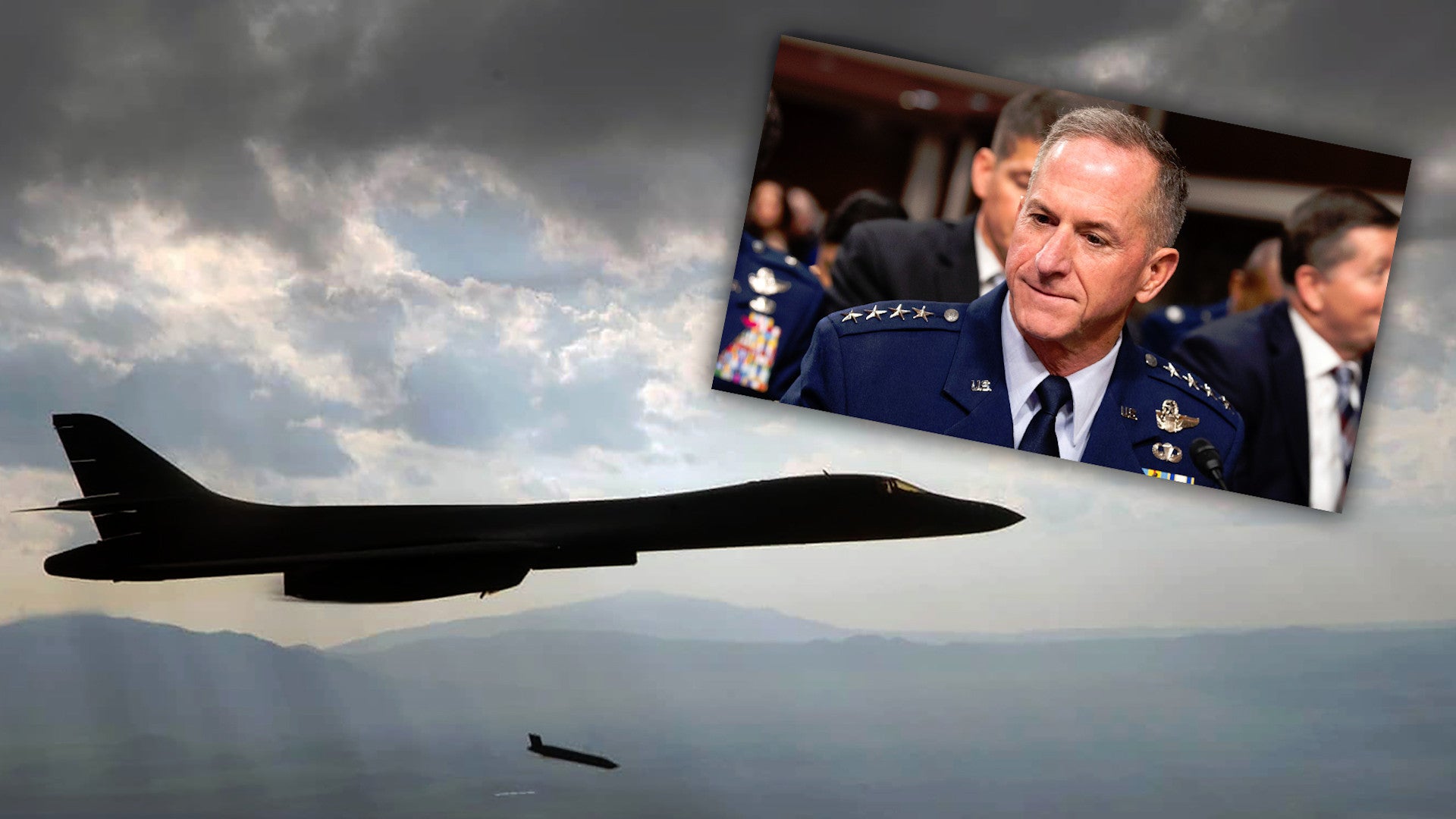The Air Force’s top officer cryptically told members of Congress at a public hearing today that the AGM-158C Long Range Anti-Ship Missile, or LRASM, was the only anti-ship munition he could discuss with them in an unclassified setting. This would mean that the service is pursuing other classified weapons in this weapons category.
U.S. Air Force Chief of Staff General David Goldfein testified before the Senate Armed Services Committee on Mar. 3, 2020. The main purpose of the hearing, at which Secretary of the Air Force Barbara Barrett was also present, was to explore issues with the service’s already controversial budget proposal for the upcoming 2021 Fiscal Year. As such, the testimony and question and answer period covered a wide range of topics, including the state of the troubled KC-46A Pegasus tanker program and readiness of the rest of the Air Force’s tanker fleets.
However, when asked about anti-ship weapons, Goldfein was tight-lipped, according to Air Force Magazine‘s senior editor Rachel Cohen. “@GenDaveGoldfein says LRASM is the only anti-ship munition he can talk about in an unclassified setting,” she Tweeted out during the hearing.
It’s unclear exactly what Goldfein meant by his comments since there is at least one other unclassified air-launched anti-ship weapon, the Quickstrike-ER air-dropped naval mine, that the Air Force is working to integrate into its arsenal. There are a number of new sea and ground-launched anti-ship missiles, as well as non-missile anti-ship weapons, in development elsewhere in the U.S. military that are also publicly acknowledged.

The obvious implication is that there is at least one air-launched anti-ship weapon program that the Air Force is involved in that remains classified. We know that the Navy has at least one top-secret sea-launched anti-ship missile, called Sea Dragon, in development now. It is possible that the Air Force is looking at an air-launched derivative of this weapon.

Goldfein might have also been referring to an anti-ship-focused version of one of the air-launched hypersonic weapons that the Air Force is presently developing. Lockheed Martin has mentioned the possibility of developing a maritime strike derivative of its Hypersonic Air-breathing Weapon Concept hypersonic missile, or HAWC, in the past. The Defense Advanced Research Projects Agency (DARPA), together with the Air Force, is leading the HAWC program.

Aviation Week‘s Defense Editor and good friend of The War Zone also pointed out that there is evidence of at least two classified hypersonic programs. Trimble first reported on the existence of the HACM and HCCW projects in July 2019. To date, there is no official definition for either of these acronyms.
Whatever Goldfein was referring to specifically, it’s not surprising that there are advanced air-launched anti-ship weapons in development in the classified realm. The U.S. military as a whole has been increasingly focused on the prospect of a major maritime conflict, especially in the Pacific region, in recent years.
Last year, the Air Force successfully integrated the AGM-158C Long Range Anti-Ship Missile (LRASM), the one weapon Goldfein did acknowledge, onto its B-1B Bone bombers ahead of schedule. LRASM has also entered service on the U.S. Navy’s F/A-18E/F Super Hornets. That service is now looking to add it to the P-8A Poseidon maritime patrol plane’s arsenal.

With anti-ship capabilities only set to become more important in the near future, it will be interesting to see if we learn any more about what the Air Force, as well as the U.S. military as a whole, has been developing in the shadows.
Contact the author: joe@thedrive.com
